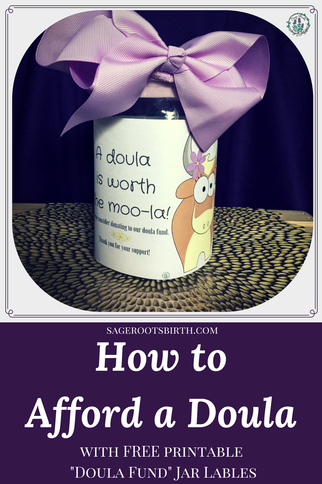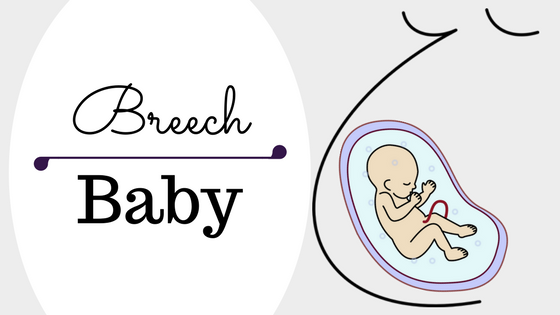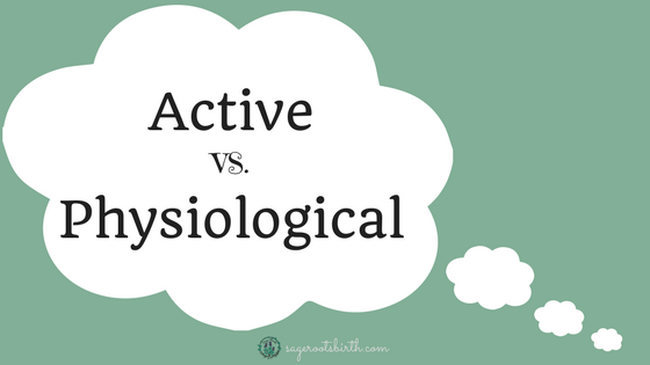|
When babies are positioned so that their buttocks or feet will be born first, we call them breech. Approximately 3-4% of all deliveries will be of breech presentation babies. The percentage of breech deliveries is higher with premature babies at 22% prior to 28 weeks' gestation, 7% at 32 weeks' gestation, and just 1-3% at term. That's roughly 1 out of every 25 full term babies breech. So, what causes babies to be breech and what can you do if you find yourself with a breech baby?
0 Comments
Welcome to the world of modern breastfeeding! It can be a confusing world for many reasons. One of which is the sheer amount of "gadgets" out there made for breastfeeding parents.
Gadgets are everywhere in our modern society. If you weren't aware of these before getting pregnant, you're painfully aware of it when you start that baby shower registry. Between wipe warmers and the Daddle, you've opened Pandora's box and you just have so much information to sort through. This post isn't a review of products, but it does break down the different types of breastfeeding products out there and when they may (or may not) be a necessary purchase.
While I wish all of my clients happy and healthy birth experiences, the reality is that won't always be the case. I want to be able to offer both my clients and my community bereavement services.
I get it. I really do. While hiring a doula is incredibly beneficial, it's still a luxury. Unfortunately, not many insurance companies in the US cover the expense of a doula. (If you have a FSA, HSA, or HRA, you may be able to get reimbursed after you've paid for your doula services. You can read more about that here.) So, if you understand the benefit and want to tap into all that a doula offers but are already on a tight budget, how are you to afford one? How much does a doula cost?  Before we start talking about how to afford one, let's establish how much a doula typically costs. To do this, you're going to have to do a little research to determine how much a doula charges in your area as it varies greatly. Generally, if your cost of living is higher, the cost of a doula in your area will also be higher and vise versa. Also, when comparing prices, take into account that, just like in any profession, you can expect to pay more for a person with more experience and/or training than someone who has less. A doula just starting out may have a reduce rate while they are certifying whereas the doula who has been in business for ten years and has five additional certifications is going to charge more, and rightfully so. One great place to scope out the cost range in your area is on Doula Match. Simply enter your due date and zip code to find doulas and other birth professionals in your area. You'll be able to see their general prices listed and be able to contact them directly from the Doula Match website. Over the last 30 years, water immersion for labor and birth has been growing in popularity as a means of reducing pain and stress during childbirth. The term “water immersion” is usually reserved to mean laboring in water during the first stage of labor and getting out of the water for the second and third stages of labor. The term “waterbirth” better describes what happens when the birthing person remains in the water during the second stage of birth, when baby is born. In this article, the two will be addressed as one. Keep in mind, however, that when and how much you use any time of water during labor and birth is up to you and should be talked over with your care provider.
Herbs can be an excellent alternative to pharmaceutical drugs for pain relief and comfort during labor. Herbal teas for pregnancy and breastfeeding have become popular. And certainly, teas are an excellent way to ingest herbs. However, there are multiple ways to take herbs and a tea might not be the most convenient way during labor. Tinctures, which can be prepared in advance, might be.
Of the three stages of labor, the third one is the most often overlooked. Stage one, otherwise known as “labor,” can be intense and preparation is of course needed. The second stage, the pushing stage, might be an odd sensation and something difficult to describe to the first-time mother making it a big unknown needing a lot of research and understanding. The first two stages of birth get a lot of well-deserved attention. Yet, birth has a third stage, the placental delivery, worth paying close attention to as well. What kind of care you receive during the third stage has just as much impact on your experience, your health, and your baby’s health. Therefore, it is beneficial to be familiar with your choices and options.
What is "morning sickness?"Nausea and/or vomiting is a common pregnancy symptom that effects 50-70% of pregnant women. So called "morning" sickness gets it's name because for some women they are most nauseated or even only nauseated in the early morning. However, "morning" sickness can actually take place at any time during the day or night, or may even last all day. On average, nausea starts before 9 weeks of pregnancy and has often resided by 14 weeks. But, of course, this is just the average so for some women it may last longer, possibly the entire pregnancy. 3% of women develop hyperemesis gravidarum, the most severe form of nausea and vomiting caused by pregnancy. This condition may need medical treatment as it increases your risk of dehydration. If you are concerned about your level of nausea and vomiting, please consult with your care provider.
by: Renee Basham, Birth Doula of Hope's Embrace As a new parent the two things you find you took advantage of the most are your hands. When you have a newborn, all of a sudden the things you used to be able to do with ease become monumentally more difficult while holding a newborn. Babies like to be held and they don’t care what you’re doing while you hold them as long as you continue to hold them while you’re doing it. What if I told you, new mama, that there was a way to get things done AND keep your baby close to you and happy? You would be ecstatic, wouldn’t you? Here it is. Are you ready? Babywearing. Yep, that’s it. Babywearing. It doesn’t matter what you use to wear your baby (there are a bunch of different carriers and it can be overwhelming to choose one!) Your baby just wants to be close to you. Babywearing is a traditional practice that is used in many cultures to keep your baby or toddler close to you while you conduct your daily activities.
Pre-labor and early labor are important parts of labor where the cervix moves forward and begins to thin. You're between 0 and 6 centimeters dilated. Pre-labor contractions maybe be irregular or start and stop. Early labor contractions may start out 10-15 minutes apart and only lasting 30 seconds, getting closer together and longer as you progress.
Laboring at home as long as possible during this time has many benefits. You can often be more comfortable at home during early labor than you would be in the hospital or birth center. It also increases your chances of having a low-intervention birth. Plan on staying home as long as possible throughout early labor and use these tips to make it the best experience for you. |
LauraI'm the owner of Sage Roots. Woman, wife, mother, doula, writer, bookworm, hiker, gamer, and Christian. Categories
All
Archives
September 2022
|
Services |
Company |
|











